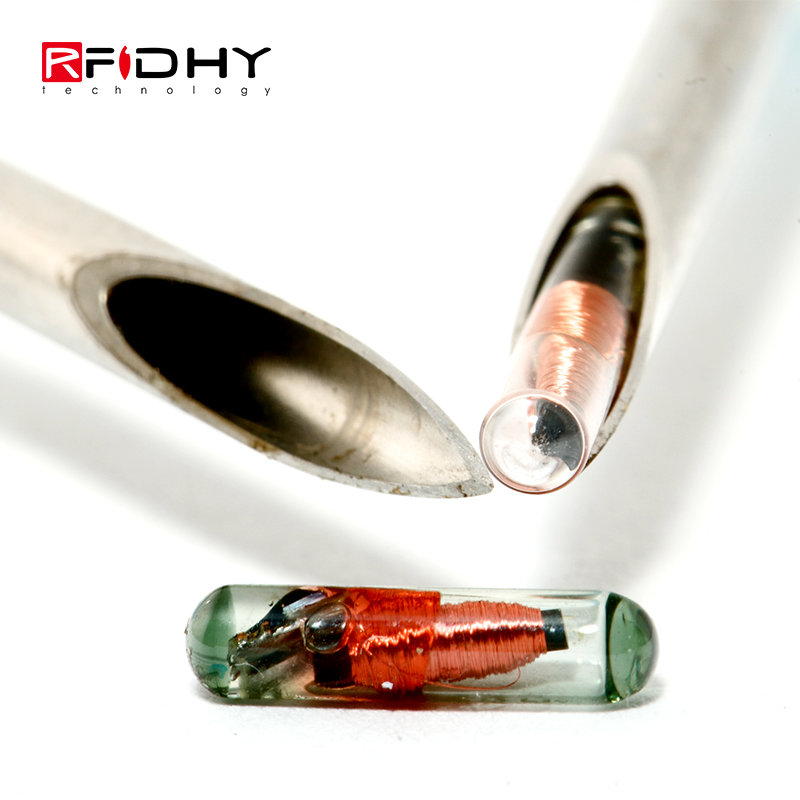As microchips transponders used in the living body, we will put a special material on the outer layer of the microchips transponder. Although it is only 0.0001mm thick, it is very important for the microchips transponder. Do you know what the material is?
This material is called Parylene. Parylene coating is prepared by a unique deposition process. The thickness of the coating film is 0.1-100 microns. The thickness of the coating is uniform, dense, pinhole-free, transparent, five-toxic, harmless, and has strong resistance to acids and alkalis. It is particularly suitable for long-term implantation into the body. Objects, such as bone nails, temporary surgical instruments, alternative devices, catheters, needles and cochlear implants, will be coated with parylene materials, and his safety can be imagined.
 Parylene can be divided into Parylene N, C, D, HT, F and other types. Their performance is different, but overall, they have the following characteristics
Parylene can be divided into Parylene N, C, D, HT, F and other types. Their performance is different, but overall, they have the following characteristics
For use as a bio tag:
- Non-toxic, resistant to acid and alkali corrosion, and has good biological compatibility. It can solve the problem of corrosion by acidic or alkaline substances, and can resist the long-term body fluid environment of the organism from being eroded. It has been approved by the US FDA, meets the US Pharmacopoeia biomedical standards, and is listed as a biomedical material that can be implanted in the body for a long time.
- It has strong self-lubricity, the friction coefficient is 0.25, which is better than the Teflon coating. When injected into the body, it will not cause damage to the organism due to too much friction, and it can prevent it from falling off from the organism.
In addition, there are some attributes that make Parylene materials widely used in industrial and tools.
- Waterproof, moisture-proof, mildew-proof, salt-spray resistance, rust-proof and slow weathering, can withstand complex industrial environment.
- High thermal stability: Parylene is expected to be exposed to air at 100℃ for 10 years
- Resistant to organic solvents (insoluble in general solvents) can withstand conventional disinfection
- The film is colorless and has high transparency, which does not affect the original appearance of the product.
Now you know why you should apply Parylene material outside the microchips transponder. Although it is only a thin layer, it is very important to improve the product performance of the microchips transponder.
If you want to get more knowledge about microchips transponder, come to consult us, RFIDHY has been specializing in the production of microchips transponder for 20 years.





